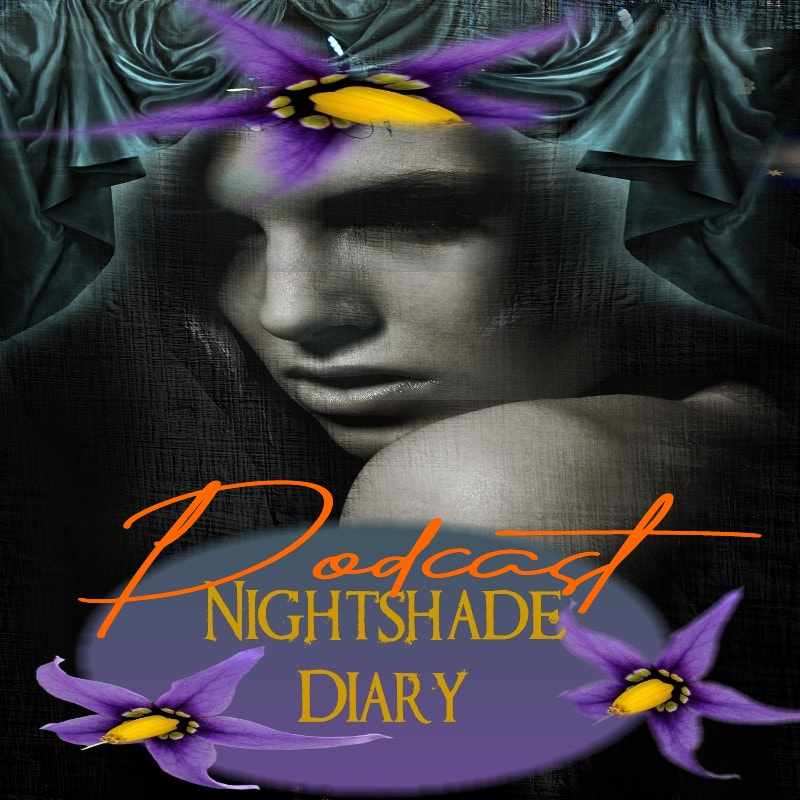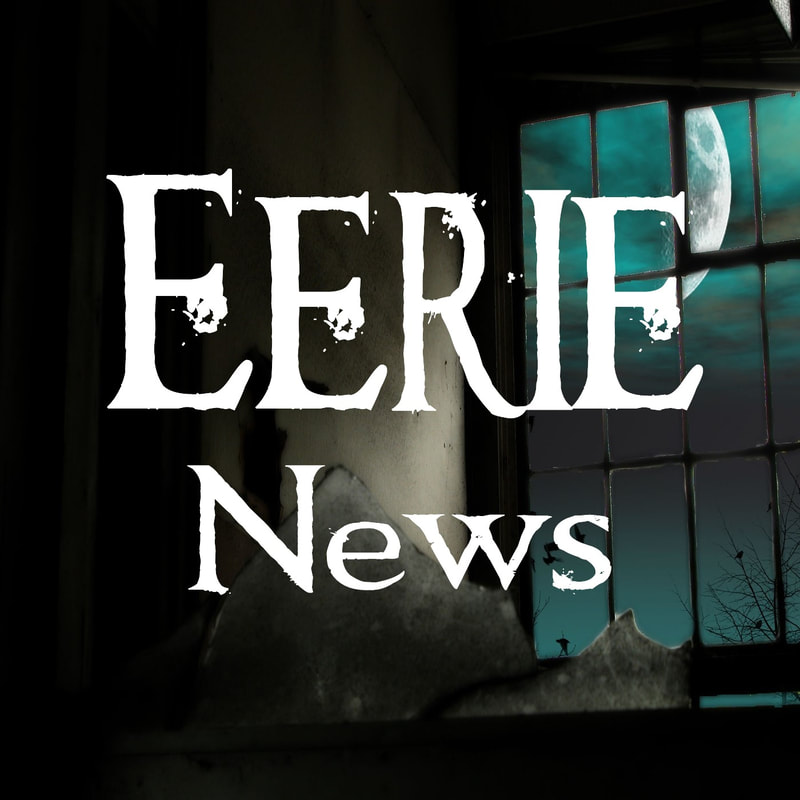 By M.P. Pellicer | Stranger Than Fiction Stories During the summer of 2023, archaeologists made a strange discovery under a Mexican church that proved a local legend was indeed true. 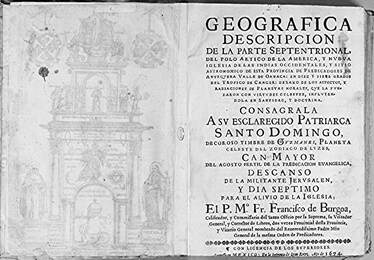 Geografica Descripcion written by Father Francisco de Burgoa a historian who visited Mitla in the 17th century Geografica Descripcion written by Father Francisco de Burgoa a historian who visited Mitla in the 17th century Before the birth of Christ, first the Zapotec and then the Mixtec people flourished in the valley of Tlacolula, which lay approximately 300 miles south of Mexico City. They built a city and a temple named Mitla (Nahuatl word Mictlan, which means Place of the Dead). In adoration to their "cult of the dead" they built massive tombs filled with grave goods. It functioned as a cemetery for the Zapotec and Mixtec until the late 15th century, when the site was abandoned most probably due to attacks by the Aztec who sacked it in 1494. By the 16th century the population consisted of more than 500,000 people. The culture over the centuries developed a hierarchical society governed by elites. Dominican friars arrived in 1529, and built a plain adobe chapel dedicated to San Pablo close to where the abandoned ruins of Mitla stood. Within 20 years the friars had outgrown the chapel, and they decided to build a larger church on higher ground on top of part of the ruins. In 1553, Oaxacan Archbishop Albuquerque ordered Mitla dismantled in order to use stone blocks and other materials, to build several Catholic churches in the area. Most of it though was used for the Church of San Pablo. Saint Paul (San Pablo) of Thebes or Saint Paul the Hermit, is a saint associated with caves and other underground spaces, so perhaps the dedication to this saint was more than coincidental.  The Church of San Pablo facing west with the Mitla excavations around it The Church of San Pablo facing west with the Mitla excavations around it In 1603, and then three years later, earthquakes struck the area and the mission was damaged. The friars fled to a monastery just outside the city. By 1617, using what was left of the prior structure, a reconstruction started for a larger church which was completed by 1650. During this time period Francisco de Burgoa (1600-1681) a Dominican priest who acted as a historian, wrote books on what was then known as the province of Antequera, which is now Oaxaca. 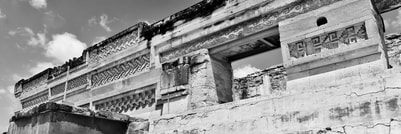 Greek type frez that decorate Mitla Greek type frez that decorate Mitla In 1674, he described a visit to the ruins of the city of Mitla. He recorded stories of a vast underground temple with four chambers, one which had a door leading to a cavern. This was believed by the Zapotec builders to be the entrance to Lyobaa, or the underworld. The first chamber was a chapel, the second was the burial place of the high priests, the third held the bodies of the kings along with their goods, and the fourth was the location of a door that led to "a dark and gruesome tomb." The missionaries explored the interior beyond the sealed door secured with a stone slab. They used a rope to make sure they would not be lost inside the inky interior. De Burgoa described it thus: "Through this door they threw the bodies of the victims of the great lords and chieftains who had fallen in battles". Exploration of the chamber beyond the door found "putrefaction, foul odors, poisonous reptiles" among other horrors. A cold wind snuffed out their torches, which stopped them from exploring further. They believed the temple was a site for an "evil spirit and its demoniacal servants". It was after this that the entrance was walled up to what they considered a "back door to hell". De Burgoa said the entry could be found under the main altar of the church that was built over the ruins. Despite its sinister reputation, de Burgoa described the skilled construction and the mosaics of the place.  Cruciform tomb found at Mitla c.1903 Cruciform tomb found at Mitla c.1903 In 1696, another earthquake collapsed the church roof. It reopened in 1728, including a Rosary chapel. In 1787, an 8.6 magnitude earthquake struck the area. The disturbance was so severe it caused a tsunami. Despite the efforts of the Dominicans who had reconstructed the church and monastery more than once, a contentious relationship with the diocesan clergy slowly eroded the control they had over the native parishes. In 1856, the monastery was ordered closed under the Reform, however Mitla had been discovered by archaeologist in 1834. There was only evidence of small chambers, but nothing that matched de Burgoa's description. Archaeologists continued to explore the area until 1960. It was also a tourist destination starting in the late 1800s, which coincided with the building of a new road. This also prompted the building of homes and workshops where the mission once stood, and many of the buildings were demolished. A hundred years later most of the priory had disappeared, leaving only doorways. However what lay underneath the Church remained hidden.  Church of San Pablo was built over a doorway into an interior chamber considered the back door to hell Church of San Pablo was built over a doorway into an interior chamber considered the back door to hell The ruins of Mitla are not only below the church itself. In 1890, a wall measuring 396 yards and 12 feet high had been discovered as part of Mitla. In 1902, Professor Marshall H. Saville with the American Museum of Natural History heard of a cruciform subterranean chamber, which he was told was 5 to 6 miles from the palaces of Mitla on the topmost range of hills called Guironi. He went with 150 men to the hill and started to dig. A cross was found at the northeastern end of a great cement paved plaza with various mounds, one of them with five terraces. This structure was described by Frenchman Captain Dupaix in his book, Antiquites Mexicaine (1806).  The discovery of the cruciform temple at Mitla c.1902 The discovery of the cruciform temple at Mitla c.1902 Saville found the cross had been intentionally filled with earth and cobblestones, but there were no human remains. The entire interior was covered with Mitla fret decoration. The cross measured 28 feet in length, the width of the arms was 5 feet and the depth seven feet. Compass readings show that the longest arm is oriented about 17 degrees to the East of North. As such, Guirún (Guironi) like other Mesoamerican sites including Teotihuacan, Chichen Itzá and Tula, are all oriented between 15.5 and 17 degrees to the East of North. Each fret had a zig-zag design which scholars called the "Greek fret" and other said was the "Egyptian meander". Dr. Nelly Robles documented in a 1994 study that at least nine major quarries in the area of Mitla alone, contained an estimated 200 megalithic stone blocks in various stages of completion, the majority of which were in the 5-10 ton range. They could have been the source for the material used to build Mitla. The technique employed for cutting and transporting the enormous stone blocks remains a mystery.  Scanning Mitla c.2023 (Source - ARXProjects) Scanning Mitla c.2023 (Source - ARXProjects) Recently, with the use of non-destructive geophysical methods archaeologists with the ARX Project decided to explore the church as the most likely spot that would match de Burgoa's description, since this area is known for natural caverns. They found evidence of what was once believed to be a myth. This was the large subterranean rooms described by Francisco de Burgoa. There is also evidence of an earlier ruin in another part of the site. A 3D model of the site was produced which confirmed the existence of a large void under the main altar. This space seems to connect with another void to the north of the church. There is also evidence of a blocked entrance under the altar and two passages. 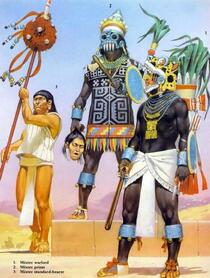 The area of Mitla, Oaxaca on Mexico's west coast was settled by the Zapotec and then the Mixtec people The area of Mitla, Oaxaca on Mexico's west coast was settled by the Zapotec and then the Mixtec people The team plans to return later in 2023 to resume exploration of what lays underneath the church. Let us hope that one myth that is not disproven, is that it is the back door to hell. Present-day travel to Oaxaca is highly dangerous. In May 2023, Victor Masson, 27, a Canadian national was found shot to death inside a car. He was close to a coastal tourist area in the state of Oaxaca. Only days before three tourists from Argentina were attacked with a machete. One of them died a few days later in a hospital. The attack took place in the Laguna de Chacahua along the Pacific coast. There was no motive for the attack. Sources - The Altamont News, LiveScience
0 Comments
Your comment will be posted after it is approved.
Leave a Reply. |
Stranger Than Fiction StoriesM.P. PellicerAuthor, Narrator and Producer Archives
July 2024
Categories
All
|
Stories of the Supernatural
- Stories of the Supernatural
- Miami Ghost Chronicles
- M.P. Pellicer | Author
- Stranger Than Fiction Stories
- Eerie News
- Supernatural Storytime
-
Astrology Today
- Tarot
- Horoscope
- Zodiac
-
Haunted Places
- Animal Hauntings
- Belleview Biltmore Hotel
- Bobby Mackey's Honky Tonk
- Brookdale Lodge
- Chacachacare Island
- Coral Castle
- Drayton Hall Plantation
- Jonathan Dickinson State Park
- Kreischer Mansion
- Miami Biltmore Hotel
- Miami Forgotten Properties
- Myrtles Plantation
- Pinewood Cemetery
- Rolling Hills Asylum
- St. Ann's Retreat
- Stranahan Cromartie House
- The Devil Tree
- Trans-Allegheny Lunatic Asylum
- West Virginia Penitentiary
- Paranormal Podcasts
"When misguided public opinion honors what is despicable and despises what is honorable, punishes virtue and rewards vice, encourages what is harmful and discourages what is useful, applauds falsehood and smothers truth under indifference or insult, a nation turns its back on progress and can be restored only by the terrible lessons of catastrophe."
- Frederic Bastiat
- Frederic Bastiat

Copyright © 2009-2024 Eleventh Hour LLC. All Rights Reserved ®
DISCLAIMER
DISCLAIMER
 RSS Feed
RSS Feed


